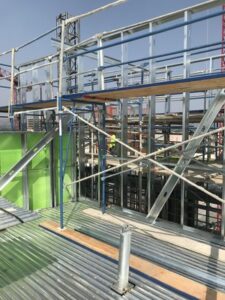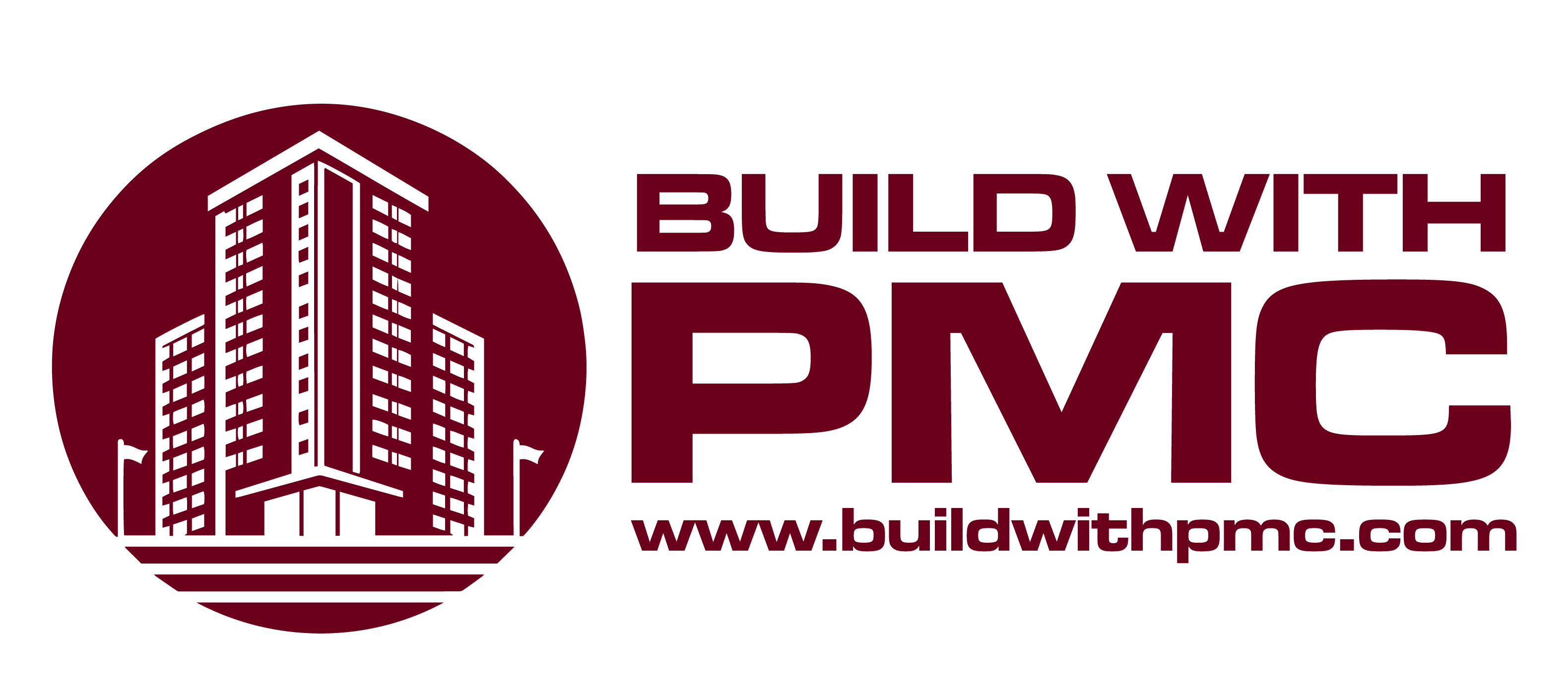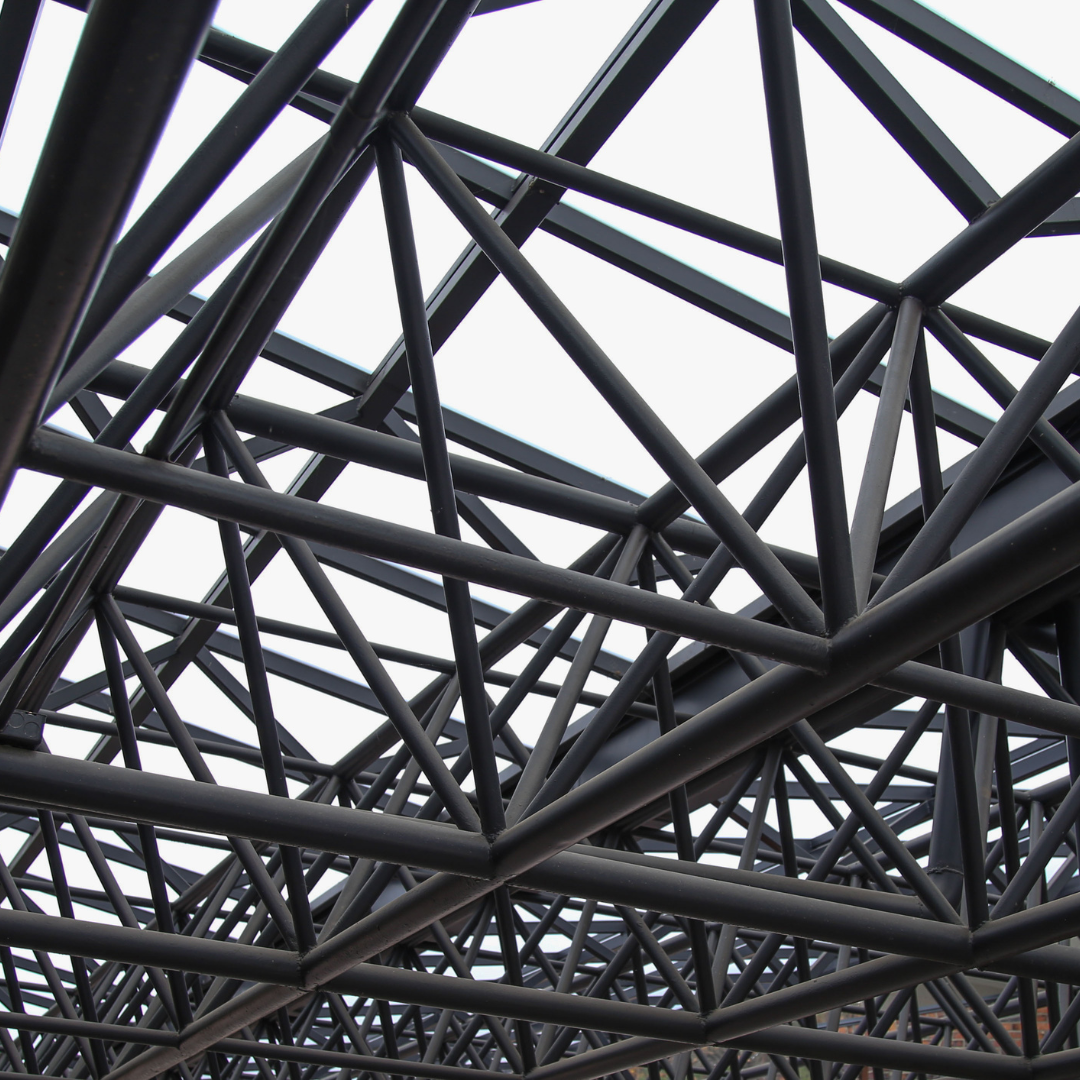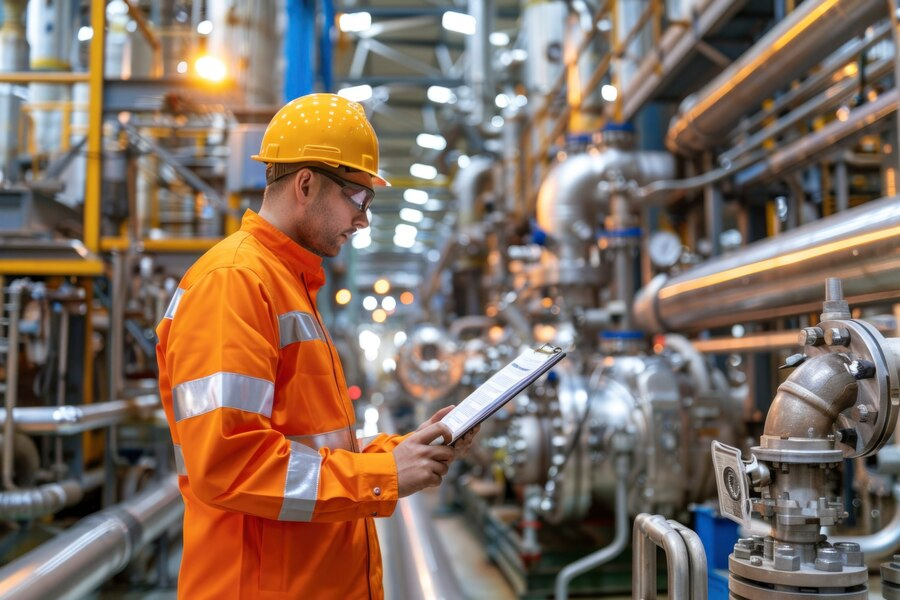Structural steel has long been recognized as the backbone of sturdy constructions, providing unparalleled strength, durability, and versatility in the realm of building and infrastructure. In the world of construction, where stability and longevity are paramount, structural steel stands out as a material that has consistently proven its mettle.
This blog explores the characteristics and attributes that make structural steel an indispensable component in the creation of robust and enduring structures.
Understanding Structural Steel
Structural steel is a versatile and widely used construction material primarily composed of iron and a small percentage of carbon. However, what sets structural steel apart is its strategic combination with other alloying elements, such as manganese, silicon, and traces of other metals. This amalgamation imparts enhanced strength, ductility, and toughness to the steel, making it an ideal choice for supporting heavy loads and resisting various structural stresses.

Strength and Load-Bearing Capacity
One of the primary reasons why structural steel is hailed as the backbone of sturdy constructions is its exceptional strength and load-bearing capacity. Unlike many other building materials, structural steel boasts a high tensile strength, allowing it to withstand heavy loads and forces without succumbing to deformation or failure. This inherent strength makes it an ideal choice for constructing buildings and bridges that need to support substantial weight and resist external pressures.
Structural steel’s strength stems from its composition and manufacturing process. Typically made from iron and carbon, steel gains its strength through the addition of other alloying elements such as manganese, chromium, and nickel. The resulting alloy exhibits remarkable strength and toughness, providing the structural integrity necessary for withstanding the challenges posed by various environmental conditions and loads.
Durability and Longevity
Durability is a key consideration in construction, and structural steel excels in this regard. Its resistance to corrosion and other forms of degradation ensures that structures built with steel maintain their integrity over time. This resistance is attributed to the protective oxide layer that forms on the surface of steel, preventing the material from succumbing to rust and decay.
Furthermore, structural steel’s longevity contributes to its status as the backbone of sturdy constructions. Unlike some traditional construction materials that may deteriorate over time, steel structures have a longer lifespan, reducing the need for frequent maintenance and repairs. This longevity is particularly advantageous in the construction industry, where the goal is to create structures that can withstand the test of time and environmental factors.
Design Flexibility
Another compelling aspect that solidifies structural steel’s position as the backbone of sturdy constructions is its unparalleled design flexibility. Steel’s malleability allows for the creation of complex and innovative architectural designs that might be challenging to achieve with other materials. Architects and engineers appreciate the freedom that steel provides in shaping structures that are not only functional but also aesthetically pleasing.
The versatility of structural steel extends to its ability to adapt to various construction methods and techniques. Whether employed in traditional bolted connections or modern welded joints, steel’s adaptability allows for efficient construction processes that contribute to the overall stability and strength of the final structure.
Sustainable and Eco-Friendly

In an era where sustainability is a top priority, structural steel emerges as an eco-friendly building material. The recyclability of steel makes it a sustainable option for construction projects, as it can be reused without compromising its structural integrity. Additionally, the energy required to produce steel has significantly decreased over the years due to advancements in manufacturing processes, further reducing its environmental impact.
The longevity of steel structures also aligns with sustainability goals by minimizing the need for frequent replacements or renovations. This characteristic not only reduces the demand for new construction materials but also minimizes the environmental footprint associated with construction and demolition activities.
Speed of Construction
Efficiency in construction is crucial, and structural steel contributes to speedy project timelines. The ease of fabrication and quick assembly of steel components significantly accelerates the construction process compared to other materials. Pre-fabrication of steel elements off-site allows for precision engineering and reduces on-site construction time, making it an attractive choice for projects with tight schedules.
The speed of construction not only saves time but also reduces labor costs, making structural steel a cost-effective solution for builders and developers. This efficiency is particularly advantageous in commercial construction, where timely completion directly impacts profitability.
Fire Resistance
Safety is paramount in construction, and structural steel provides an added layer of protection through its inherent fire-resistant properties. While no material is entirely immune to fire, steel maintains its structural integrity at high temperatures for a longer duration compared to materials like wood or concrete. This fire resistance can be crucial in providing occupants with more time to evacuate a building in the event of a fire.
Additionally, advancements in fire-resistant coatings and treatments further enhance steel’s ability to withstand fire, making it a reliable choice for structures where fire safety is a priority. This characteristic underscores the role of structural steel in ensuring the safety and security of the built environment.
Conclusion
In conclusion, structural steel’s unique combination of strength, durability, design flexibility, sustainability, speed of construction, and fire resistance makes it the backbone of sturdy constructions. From soaring skyscrapers and expansive bridges to industrial facilities and residential structures, the influence of structural steel is pervasive in the construction landscape.
As the construction industry continues to evolve, the demand for materials that can meet the challenges of modern architecture and engineering will persist. Structural steel, with its time-tested attributes and adaptability, remains at the forefront of construction materials, playing a pivotal role in shaping the built environment for generations to come. The resilience and versatility of structural steel not only contribute to the physical strength of structures but also symbolize the enduring spirit of innovation and progress in the construction industry.




